Posted on 10/15/2024

If you own an all-wheel-drive (AWD) vehicle, you’ve probably wondered, “Do I need the same tires on all four wheels?” The answer is "yes". AWD vehicles rely on all tires working together, and here’s why having matching tires is essential: 1. Equal Traction for Better AWD PerformanceAWD systems send power to all four wheels to improve traction and control. To work efficiently, all four tires must have the same tread depth, size, and type. Mismatched tires can cause the wheels to rotate at different speeds, which can confuse your AWD system. This can lead to uneven traction, making your vehicle work harder than it should. 2. Protects Your AWD Differential AWD vehicles use differentials to balance power between the f ... read more
Posted on 6/17/2024

Have you ever heard your car squeaking or creaking as you drive down the road? Or maybe you’ve noticed that your car is pulling to one side, or the steering wheel isn’t quite centered. If so, you might have an issue with your ball joints. But what are ball joints? Let's discuss what ball joints are on a car and why they’re important to your vehicle’s performance and safety. Ball joints are part of your car’s suspension system, which is responsible for absorbing shock and providing a smooth ride. They’re found on the front suspension of all vehicles. They connect the steering knuckle to the control arm. Ball joints are basically a pivot point that allows the wheels to turn and move up and down as you drive over bumps and uneven surfaces. Ball joints are important because they allow your car to absorb shock and maintain proper wheel alignment. If the ball joints are worn or damaged, your car’s handling and ride qual ... read more
Posted on 5/22/2023
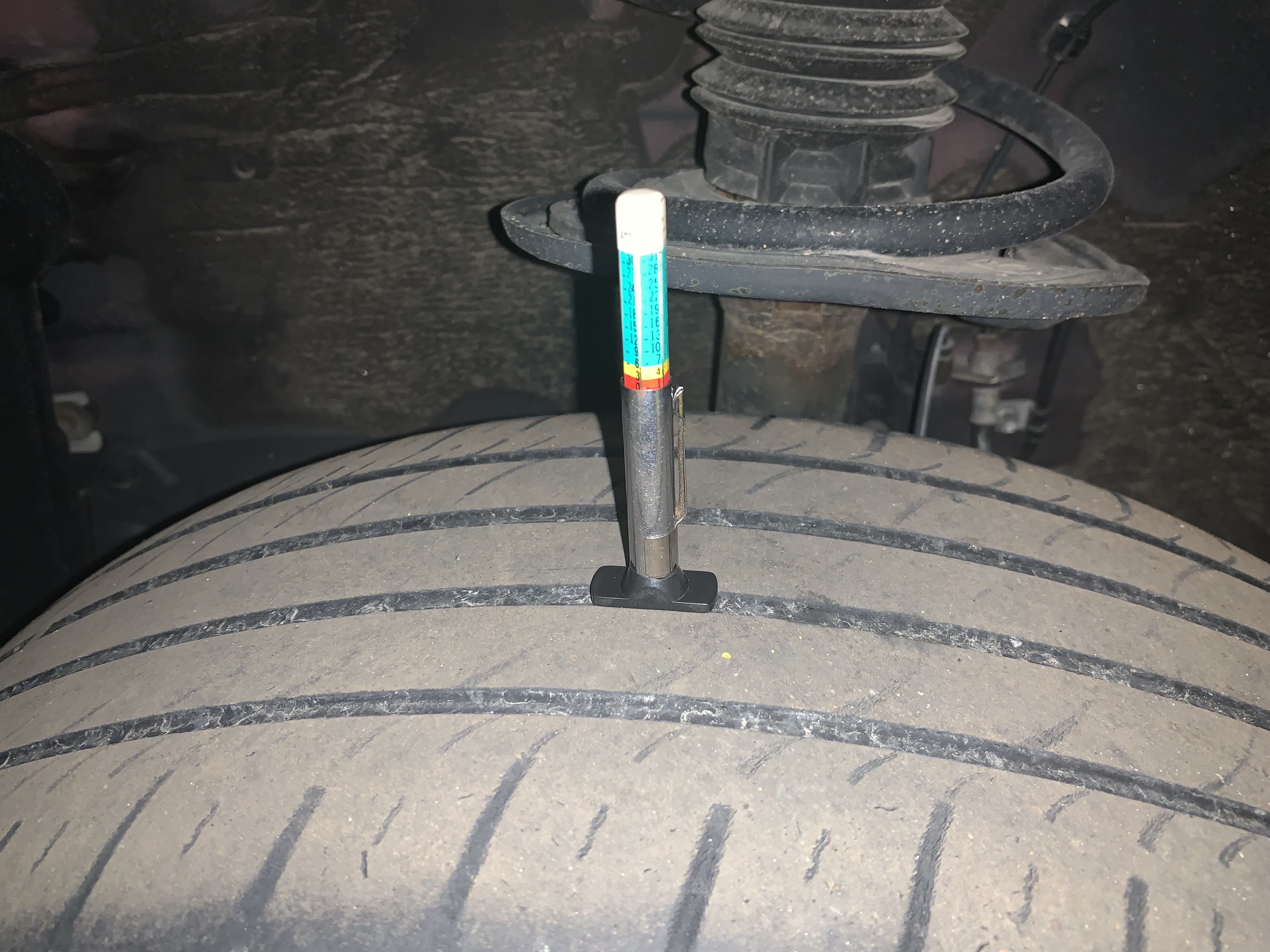
Tires play a critical role in keeping you safe on the road. It is important to maintain your tires and check their levels of wear and tear periodically. Tire tread depth is an essential feature of tire maintenance that every vehicle owner should know. It is the measurement of the space between the top of the tire tread and the bottom of the groove that runs around the circumference of the tire. Learn more about the importance of tire tread depth, and how it impacts your safety on the road. Better Traction and Grip: Tire tread depth plays a crucial role in maintaining traction and grip on the road. The tire tread grooves are designed to channel water, snow, or mud from the tire's contact patch with the road. This helps in maintaining traction, stability, and control while driving. Tires with adequate tread depth provide better grip on wet, slippery, uneven roads ... read more
Posted on 5/12/2023
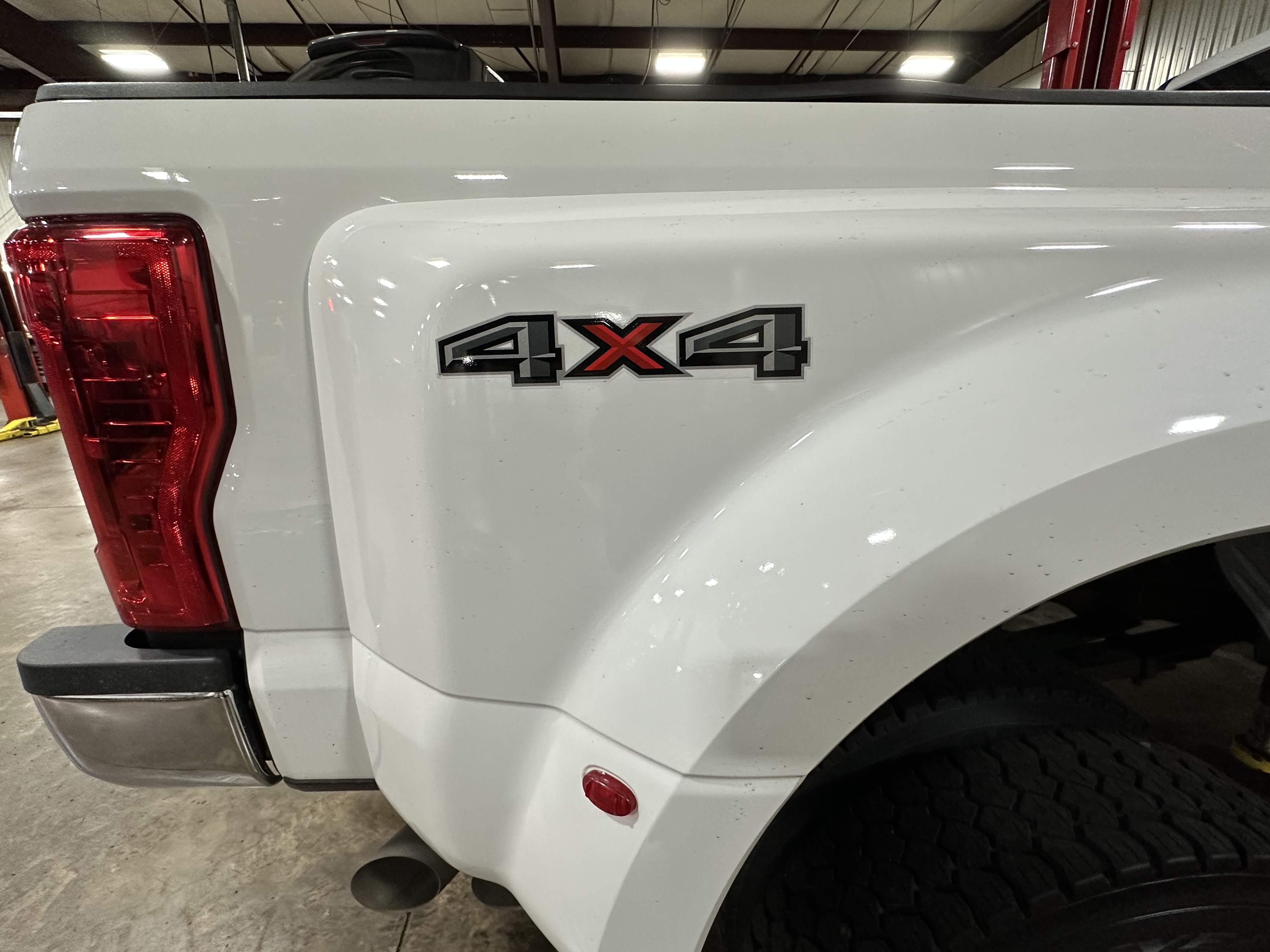
When it comes to choosing a vehicle, you may have come across the terms AWD and 4WD. These two terms may sound similar, but they refer to two different types of drive systems in a vehicle. Understanding the difference between AWD and 4WD is important. Especially if you are looking to buy a vehicle that can handle challenging terrain or weather conditions. Learn more about their key differences to see which one is right for your driving needs. AWD stands for all-wheel drive. This means that all four wheels receive power from the engine at the same time. This type of drivetrain is found in cars and SUVs. And it offers better traction control and handling in slippery conditions. AWD systems can distribute power between the front and rear axles depending on the driving conditions. This means that AWD vehicles can handle snowy or wet roads better than 2WD vehicles. AWD is also useful for drivers who encounter varying road conditions. And drive on city streets ... read more
Posted on 5/5/2023
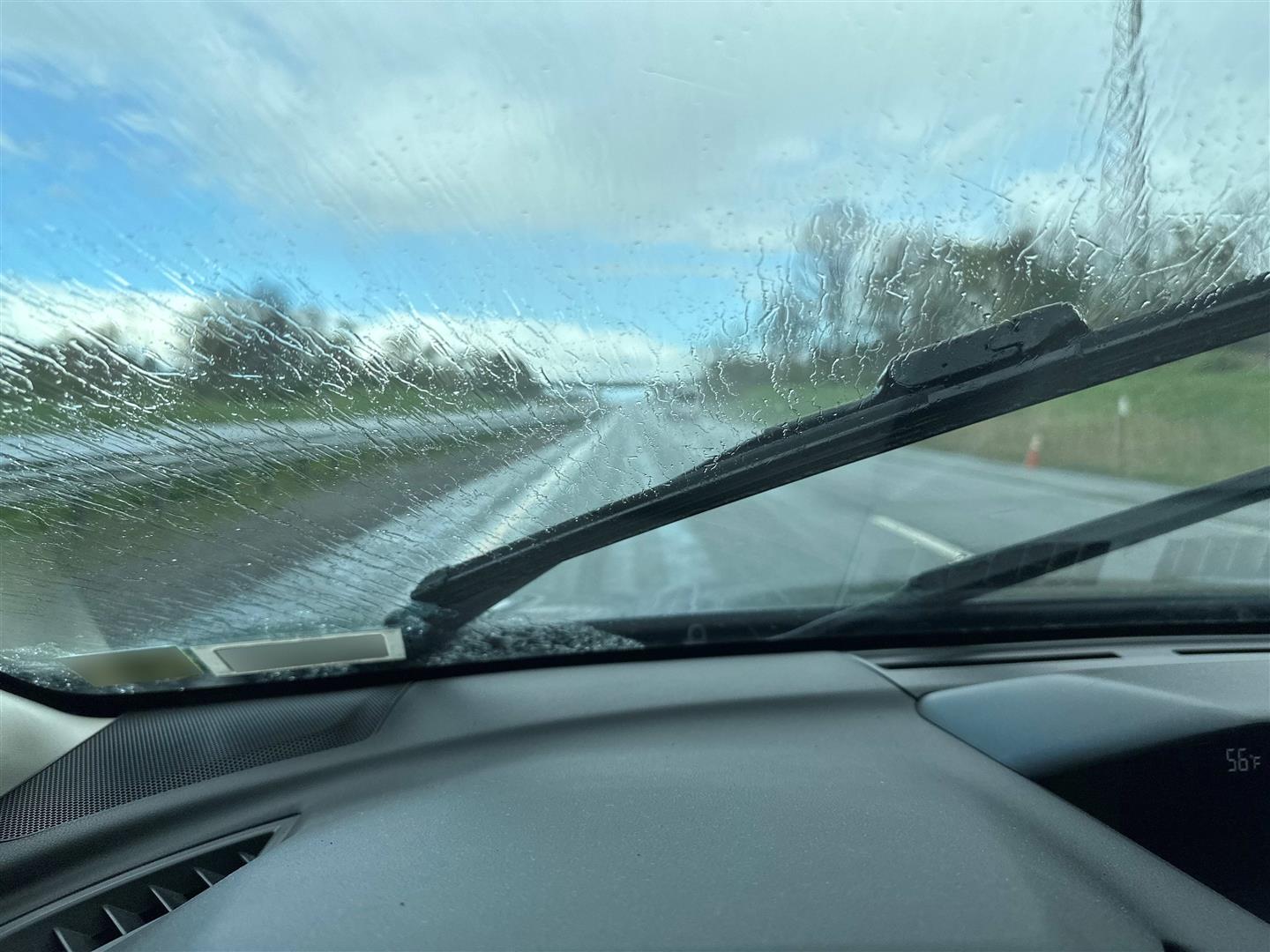
Driving in rainy conditions can be a challenge, especially when you're faced with hydroplaning. Hydroplaning happens when your car's tires are unable to grip the wet roadway. And causes it to slip and slide around. This can be a dangerous situation, especially at high speeds. So, what can you do to stop your car from hydroplaning? Here are some helpful tips to keep you safe while driving in the rain. Slow down: The first and most important thing you can do to prevent hydroplaning is to slow down. The faster you're driving, the more likely it is for your tires to lose traction. If you notice rain or standing water on the roadway, immediately reduce your speed. This will give your tires more time to grip the road and prevent hydroplaning. Check your tires: Your tires are the only part of your car that comes into contact with the road. That's why it's importan ... read more
Posted on 4/28/2023
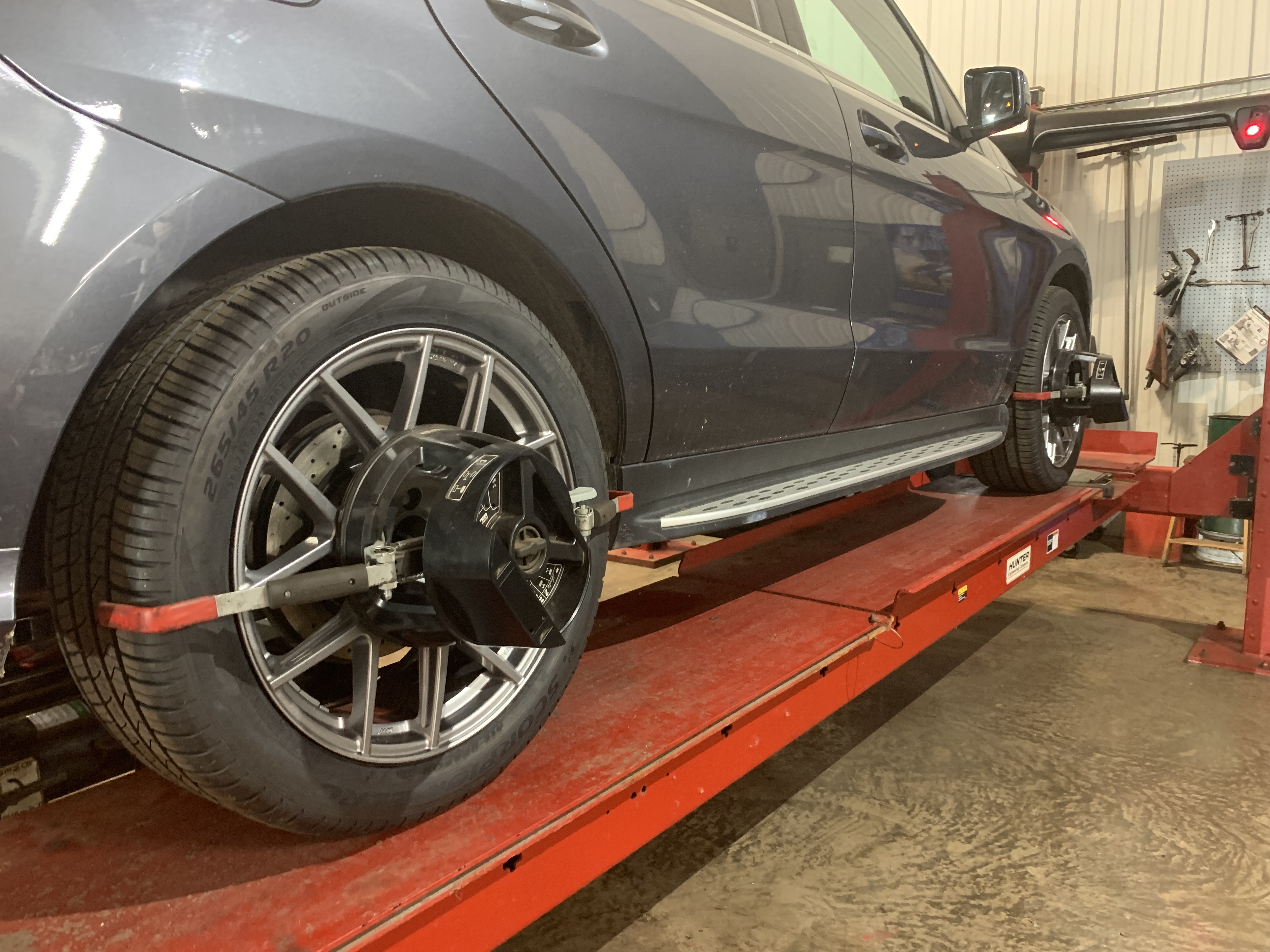
Have you ever experienced your car pulling to one side while driving? This can be a frustrating and even dangerous problem. Pulling can cause premature wear and tear on your tires. This can lead to reduced fuel economy and compromising your driving experience. To ensure a safe and comfortable drive, it is important to understand why your car is pulling to one side. Learn more about the reasons behind this problem and what you can do to to fix them. Wheel Alignment Issues One of the most common reasons for your car pulling to one side is related to wheel alignment issues. Your car's wheel alignment can be thrown off by several factors such as hitting a curb, potholes, or worn out steering components. When this happens, the alignment of the wheels can become misaligned. This can lead to uneven wear on the tires and pulling to one side. A simple alignment service can help get you back on track in no time. Uneven Tire Wear Your tires play a critical role ... read more
Posted on 2/28/2023
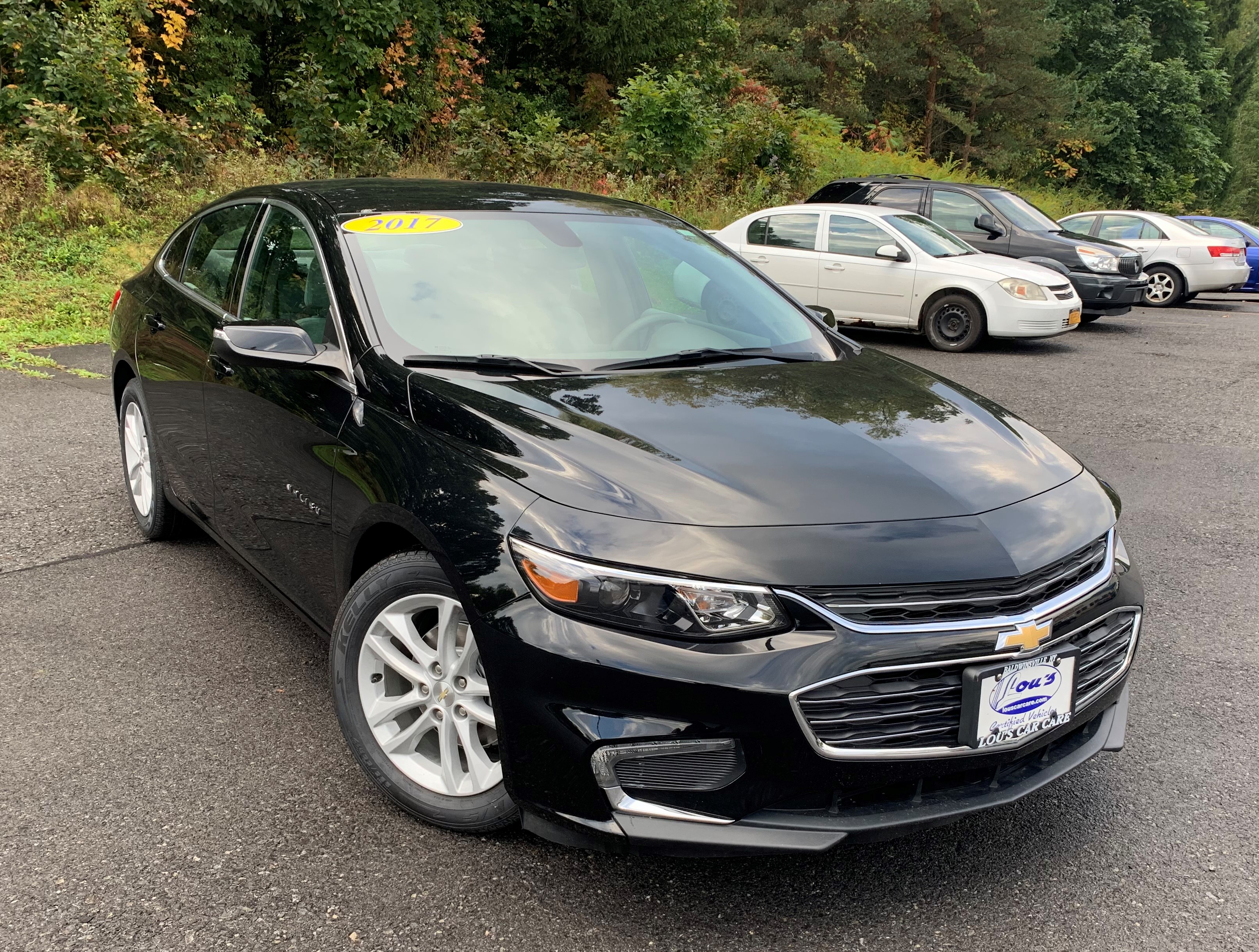
Making the decision to repair or replace your car can be tough. On the one hand, you don’t want to sink too much money into an old car – but on the other, you don’t want to spend more than you have to. Before making any decisions, weighing each option’s pros and cons is important. Let’s break it down for customers looking for guidance. Assessing Your Car’s Condition The first thing to do before deciding whether to fix or get rid of your car is to assess its condition. If your car is newer and still under warranty, many repairs may be covered by the manufacturer. And that makes it easier to decide whether to keep it or not. If it’s an older model, other things need to be taken into account. Consider how much money you have already invested in repairs versus how much longer you think the car will last if fixed again. Inv ... read more
Posted on 2/14/2023
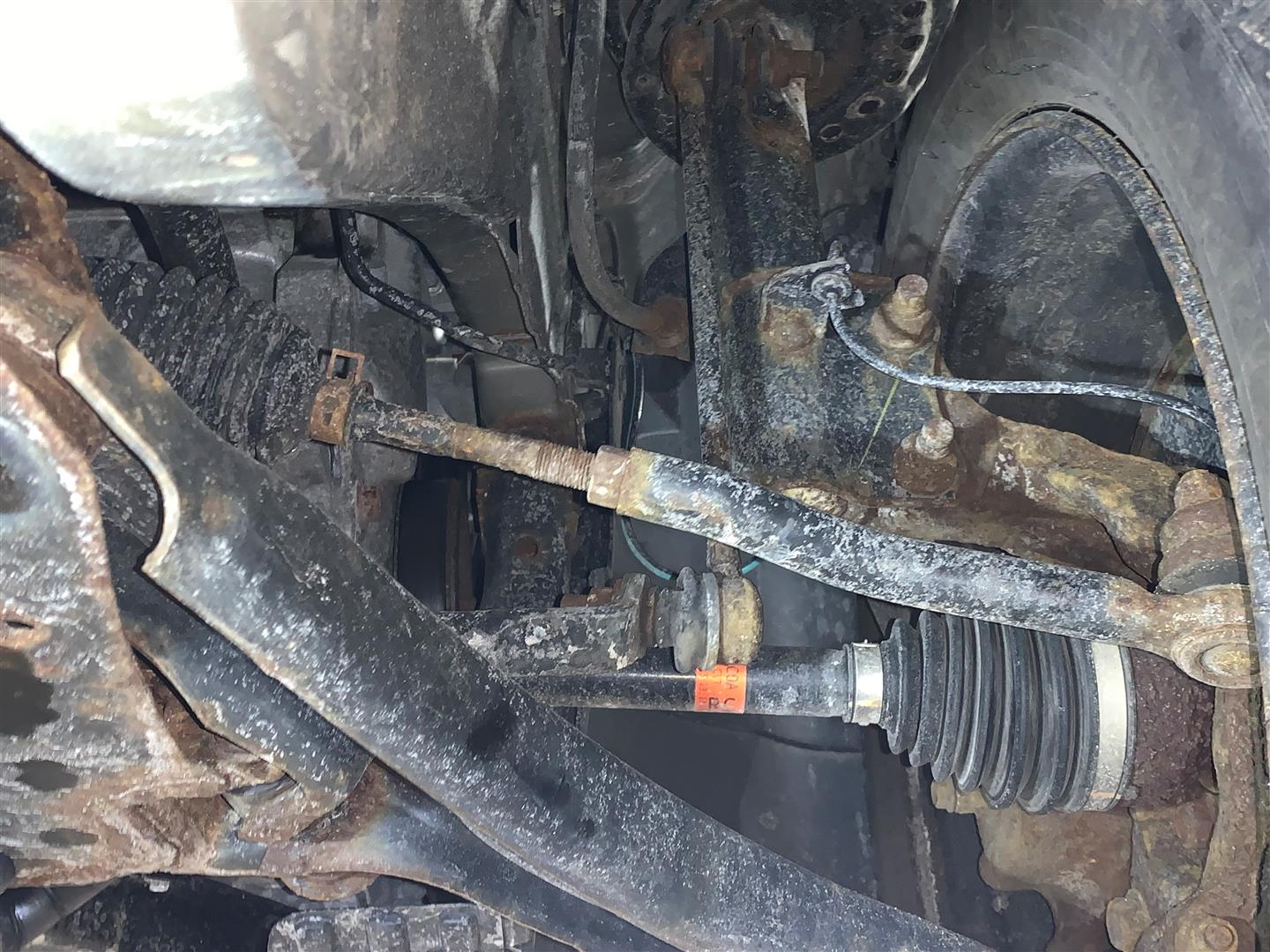
Owning a car can be a great joy, but it is also important to understand the basics of vehicle maintenance. One component that is often overlooked is the tie rod. This plays an important role in your car’s steering system. Learn more about what a tie rod is and why it is so important for both safety and performance. What Is a Tie Rod? A tie rod is a metal bar that connects two parts of your vehicle’s steering system together. It helps to keep your wheels aligned. And ensures that the movement of one wheel is transferred to the other wheel. This keeps you driving straight or turning in the direction you want. The tie rod also helps to absorb some of the impacts from bumps in the road. Or sudden shifts in weight as passengers get into or out of the ... read more
Posted on 9/27/2022
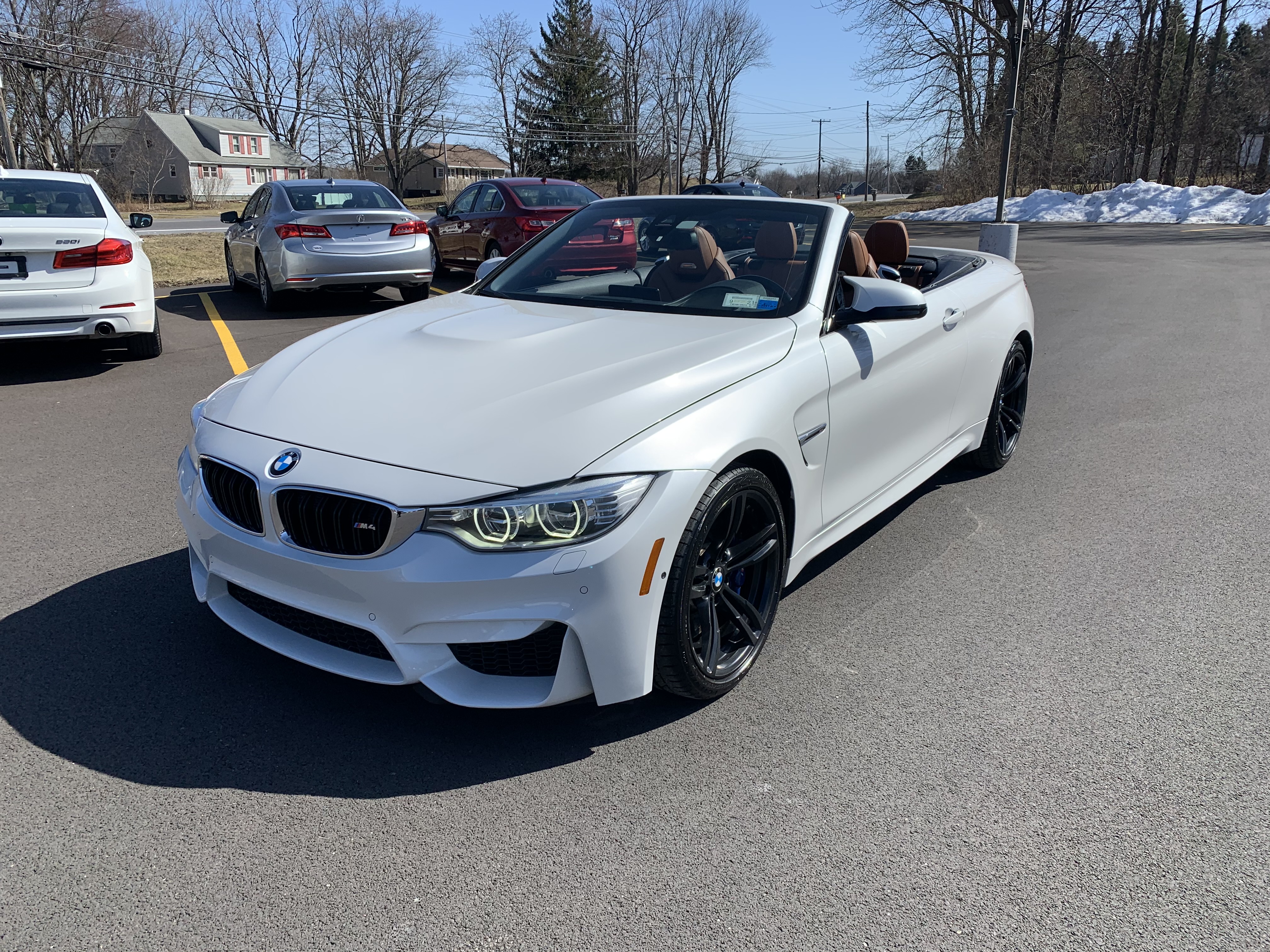
Lou’s Car Care is a full-service, independent auto repair shop in Baldwinsville, NY. We repair all makes and models of vehicles including European product lines. Just like humans, automobiles need checkups from time to time. Our certified auto technicians can complete routine oil changes, new tires, brake and rotor replacements, and alignments. We can also handle more in-depth concerns such as engine diagnostics, heat or a/c malfunctions, and electrical issues. Germany is well known for producing quality vehicles that last a lifetime. Audi, BMW, Mercede ... read more
Posted on 5/2/2022
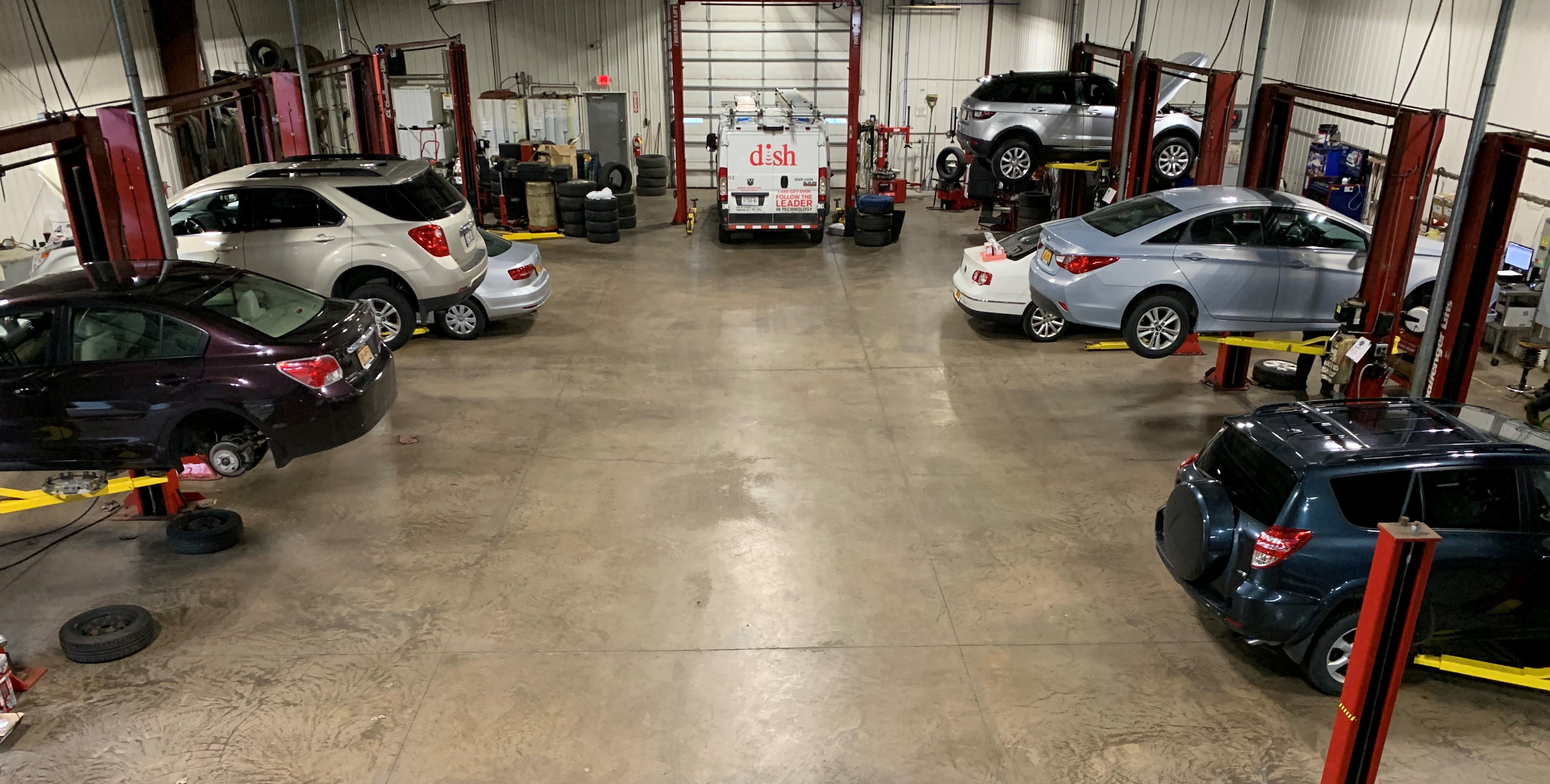
Vehicle maintenance at regular intervals helps keep your car in proper working order. And can prevent expensive repairs down the road. Even the most well-maintained cars will experience unexpected service problems. But it is better to be proactive rather than reactive. Keeping detailed service records can also help boost your car’s value when you decide to sell it or trade it in. Failing to follow preventative maintenance guidelines could even void your car’s warranty. Use this guide to learn about common maintenance recommendations. 3,000 – 5,000 miles – Oil Change An Oil Change is the most standard maintenance service for every car owner. An oil change every 3,000 - 5,000 miles is essential for keeping the key parts of your engine working properly. We recommend having your tires rotated every 5,000 miles to ensu ... read more